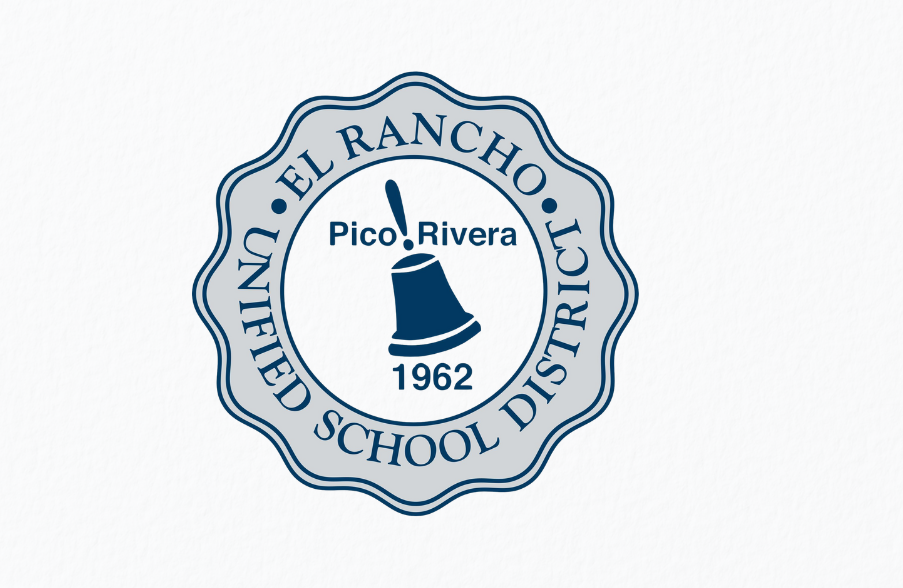Cold and flu season is nearly here. To ensure your school is prepared for the inevitable absences, it’s crucial to have a well-thought-out plan in place. Here are some practical strategies to employ to prepare for absences and sicknesses in advance, helping to maintain a healthy and productive school environment.
Promote good hygiene practices
Prevention is the first line of defense against the spread of colds and flu. Encourage students and staff to practice good hygiene, such as regular handwashing with soap and water, covering their mouths and noses when sneezing or coughing, and using hand sanitizers when handwashing facilities are not readily available. Consider placing hand sanitizing stations throughout the school to make it convenient for everyone.
Partner with a substitute teacher marketplace
To ensure continuous learning during the winter months, schools should consider collaborating with a reliable substitute teacher marketplace like Swing Education. Specializing in connecting schools with qualified substitute teachers quickly, the Swing platform can be a lifesaver during these tumultuous months.
With Swing, schools gain access to a pool of experienced substitute teachers who can step in and maintain the continuity of learning, ensuring that students are not left without instruction. This partnership can provide a reliable solution to the challenge of filling in for sick teachers, reducing disruptions to the educational process and ensuring that classrooms are covered when needed most. Swing Education’s user-friendly platform and dedicated support team make it easy for schools to find and schedule substitute teachers, helping to maintain a stable and productive learning environment throughout the cold and flu season.
Plan ahead
Incorporate remote learning options into your school’s curriculum for times when students need to stay home due to illness. This can be particularly useful when a large number of students are absent or during quarantine periods. Ensure that all students have access to the necessary technology and that teachers are prepared to deliver instruction online.
Additionally, with Swing, you can implement roving requests — a type of substitute assignment where a particular school issues a request for a sub, but the details about the specific classroom, subject, and grade are only updated by the school the morning of or when the substitute arrives at the school. These types of requests allow administrators to plan for teacher absences without knowing exactly when a teacher will be out.
Substitute teachers, prefer to plan their work a few days to a week in advance and are rarely looking for work the morning of. Roving requests give subs more time to review and accept open roles. As a result, roving requests have a 74% fill rate, over double that of last-minute requests, and only 11% of roving requests are canceled due to lack of need. And subs go into these assignments knowing that they will have to adapt to whatever the school needs that day.
With cold and flu season creeping up, absences are inevitable. Plan ahead with roving requests to ensure student learning never stops.
Educate your community
Ensure that students, staff, and parents are well-informed about the symptoms of cold and flu, as well as the importance of staying home when they are sick. Provide educational materials, host workshops, and use the school’s communication channels to disseminate information about how to reduce the risk of illness and the school’s attendance policy for sick students and staff.
Adopt an empathetic attendance policy
Have a clear and flexible attendance policy that accommodates the increased absences during the cold and flu season. Make it known that students and staff should not come to school if they are experiencing symptoms or have tested positive for a contagious illness. Encourage them to stay home and recover to prevent the spread of sickness.
Stock up on supplies
Maintain a well-stocked supply of hygiene products, tissues, and cleaning materials for the entire school. This includes disinfectant wipes, hand sanitizers, and masks. Regularly disinfect commonly touched surfaces and provide teachers with the tools they need to keep their classrooms clean and safe.
Communicate with local health authorities
Stay in close contact with local health authorities for guidance and updates regarding the prevalence of cold and flu in your area. This information can help you make informed decisions about school closures, remote learning options, and other preventative measures.
Foster a supportive environment
Show empathy and understanding toward students and staff who are sick. Create a supportive environment where individuals feel comfortable reporting their illnesses and taking the necessary time off to recover. This will help prevent the spread of illness within the school community.
Preparation is the key to successfully navigating the cold and flu season as a school administrator. With enough foresight, you can ensure that your school remains a healthy and productive environment for learning, even during the challenging months of cold and flu season. Remember that the health and well-being of your students and staff should always be a top priority.






